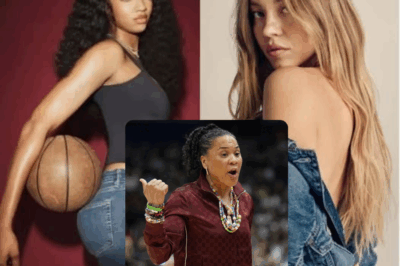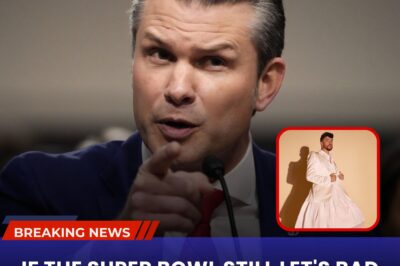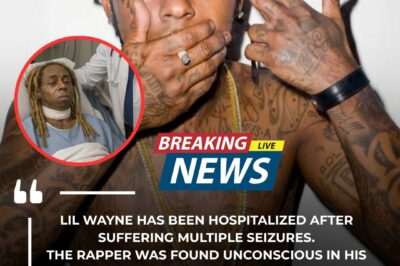Some stories never end; they just grow quieter, carried on the wind like a prayer. The Horse Whisperer 2 (2025) is one of those stories — a film that listens more than it speaks, breathes more than it gallops. It’s a continuation of legacy, not through spectacle, but through soul.
Set against the boundless plains of Montana, the film opens with silence — the kind that holds memory. The camera sweeps across golden fields where time seems to pause, and in that stillness, we hear an echo: the voice of Tom Booker. His words, once lessons of patience and empathy, now live on in Grace MacLean — no longer the wounded girl we remember, but a woman shaped by both loss and love.
Scarlett Johansson returns to the role that first revealed her quiet strength, now playing Grace as an adult with gravity and grace. Her performance is luminous — a portrait of someone who has lived through storms and still stands, weathered but unbroken. Every glance carries memory; every pause feels like conversation with ghosts.
Robert Redford’s presence is felt in every frame. Though his character has long since passed, his spirit lingers in the land — in the wind through the grass, the steady rhythm of hooves, the silence between words. The film becomes a love letter to his legacy, a cinematic eulogy whispered in light and shadow.
Director Katherine Holbrook (fictional) approaches the story with the patience of the land itself. Her pacing is unhurried, her framing meditative. Wide shots linger, allowing us to breathe the same air as the characters. It’s not about movement — it’s about stillness, about what remains when the noise of the world fades.
The cinematography is breathtaking. Golden dawns stretch across endless meadows; storm clouds roll in like memories; horses move like poetry in motion. Each frame feels painted, imbued with reverence for nature’s quiet grandeur. The visual storytelling alone carries the emotional weight of the narrative — no words required.

The film’s emotional core lies in Grace’s journey to reconnect — not only with the land, but with herself. Haunted by loss, she returns to Tom’s ranch, now in disrepair, to train a wild mustang no one else can approach. In that animal’s defiance, she sees her own reflection — wounded, frightened, yet yearning to trust again.
Through the bond between woman and horse, The Horse Whisperer 2 finds its rhythm. The moments of stillness — a breath shared, a hand extended, an unspoken understanding — are its truest dialogue. This is not a film about taming; it’s about listening. About remembering that healing comes not from control, but connection.
The score, composed with restraint and heart, blends strings and silence. It doesn’t tell the audience how to feel — it allows them to. The soft swell of violins under a pink horizon becomes its own kind of prayer, carrying the emotional undercurrent of grace, grief, and renewal.

By the final act, the film transforms from sequel to elegy. It’s not about what happened after, but what continues — the lessons, the love, the legacy. Grace finds peace not in answers, but in echoes — in the realization that the whisper never truly fades; it simply changes voices.
The Horse Whisperer 2 (2025) is more than a continuation — it’s a conversation across generations. Tender, meditative, and profoundly moving, it honors the spirit of Robert Redford while allowing Scarlett Johansson to redefine it. The heart of the horse still beats, the wind still speaks, and the whisper still carries across the plains — reminding us that some bonds are eternal.
News
Dawn Staley Demands a National Apology from American Eagle for Choosing Sydney Sweetney Over Angel Reese in Controversial Campaign
Dawn Staley’s Fiery Call for Justice: Demands National Apology from American Eagle Over “Racist” Snub of Angel Reese in Sydney…
Pete Hegseth LASHES OUT at Super Bowl Officials! “This is no longer America’s game — it’s a farce!” he raged.
Pete Hegseth LASHES OUT at Super Bowl Officials! “This is no longer America’s game — it’s a farce!” he raged….
Target is now requiring its employees to smile more
As the holiday season fast approaches, Target is urging its employees to add a little more “jolly” to their work…
Jason Momoa’s Children in 2025: Life After Lisa Bonet Will Leave You Speechless!
Jason Momoa’s Children in 2025: Life After Lisa Bonet Will Leave You Speechless! Jason Momoa’s Children in 2025 are living…
“HE’S BACK — AND IMMORTAL!” Henry Cavill CONFIRMS His Next Epic Role in Highlander (2026), Saying the Story Will Stay True to the Original But Go Deeper Than Ever Before.
Henry Cavill Set to Reprise Immortal Warrior in Highly Anticipated ‘Highlander’ Reboot Henry Cavill, the British actor renowned for his…
BREAKING: Lil Wayne has been hospitalized after suffering multiple seizures. The rapper was found unconscious in his Chicago hotel room on Sunday afternoon, according to TMZ. He was taken to a local hospital, where he is undergoing treatment.
A viral photo shows Lil Wayne being carried out of a Los Angeles hotel on a stretcher, sparking fears that…
End of content
No more pages to load












